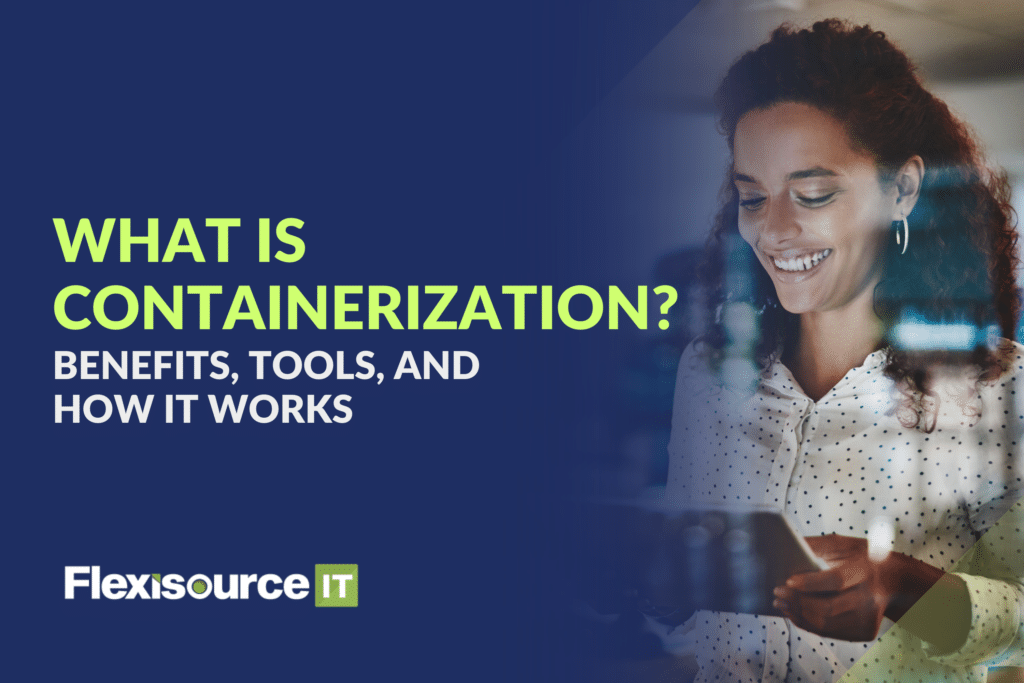What is Containerization? Benefits, Tools, and How It Works
Containerization in software development improves the quality of work as well as its speed and efficiency. The goal of containerization is to help developers create code in bulk alongside its […]
What is Containerization? Benefits, Tools, and How It Works Read More »






